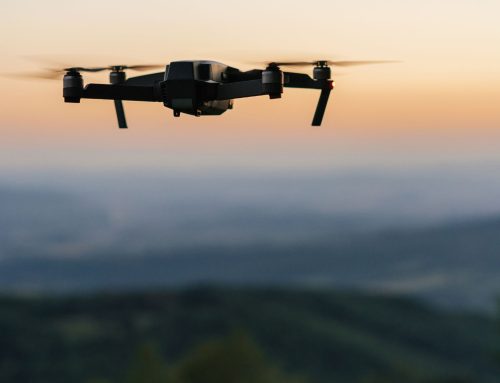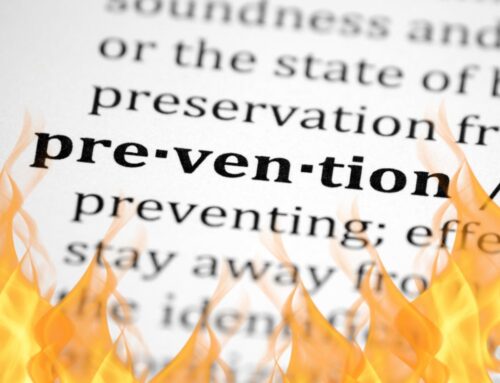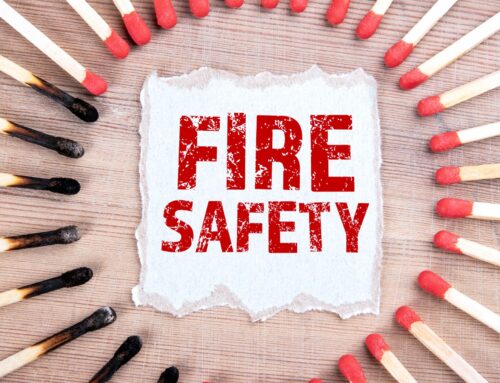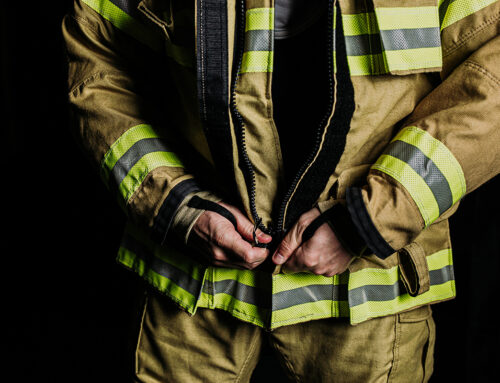You may have heard about CO2 Cleaning for turnout gear, but may not know how much of a different process and result it can be than more traditional methods of cleaning gear with water-based processes. LION TotalCare became the first fully-verified ISP in North America (verified to meet all NFPA 1851 requirements around advanced cleaning, advanced inspections, gear repairs and now CO2 cleaning) in 2021. Their RedZone CO2 Cleaning process will be what we’re referencing throughout this article and in the attachments at the bottom of this article – if you have questions or need additional information, please Contact Your Rep, and they’ll be happy to assist you!
Firefighting gear is waterproof, which is where the gear cleaning problem begins. Where water-based cleaning methods stop at the surface of a waterproof layer, liquid CO2’s smaller molecules can penetrate between the fibers of waterproof layers to remove toxic organics, heavy metals and other carcinogenic substances. That means the liquid CO2 can pass through the layers of your gear, without being inhibited by the moisture barrier, to deep clean your gear all the way through. Water can only effectively penetrate the outer shell of your gear. Testing from various studies have shown residual and carcinogenic removal of VOCs and PAHs at only 15-40% with traditional water-based cleaning. RedZone CO2 cleaning removes over 95% of VOCs and PAHs.
Why is removing PAHs important? PAHs (Polycyclic Aromatic Hydrocarbons) can bind to or form small particles in the air and adhere to PPE during firefighting and are very easily absorbed through the skin. Some PAHs are IARC Group 1 carcinogens (carcinogenic) and Group 2A (probably carcinogenic to humans). The National Institute of Occupational Safety and Health (NIOSH) has found a statistically significant increase in PAHs on the neck and increases in PAH metabolites in urine immediately after firefighting. NIOSH also published a statistical study finding that firefighters experience higher incidences of certain cancers and cancer-related deaths than the general population. All this to say, getting as many of these contaminants out of firefighting gear as possible is key to the continued health and safety of firefighters across the globe.
Also, unlike water-based cleaning methods, CO2 cleaning uses a dry process to remove contaminants without damaging the gear, reducing its effectiveness, or cross-contaminating other parts of your gear in the process. Water-based cleaning methods have been proven to have significantly higher incidence of cross-contamination throughout gear.
It’s also important to note that the CO2 cleaning process is a gentle one, without harmful cleaning agents or environmental threats. And CO2 cleaning is done at room temperature, preventing gear from being exposed to extreme temperatures throughout the process. Unlike water, the CO2 evaporates from the gear once the process is complete, meaning there’s no need for additional drying, which can save a ton of time for departments. Conventional water-based cleaning methods can take days to complete. However, RedZone CO2 Clean decontaminates PPE in about 60 minutes. As an added benefit, this process uses less energy and doesn’t require water, which saves on resources as well!
Other interesting tidbits for inquiring minds:
- Wondering how this rates against Ozone Cleaning? Well, while Ozone cleaning is great for biological hazards, it doesn’t address the other carcinogens and contaminants that are often a staple of career firefighting.
- While CO2 cleaning may make the garment cleaner, it may not LOOK as clean as when you use water-based methods. The is because while CO2 is extremely good at working through layers to get to the problem, it’s not a “scrubbing bubbles” kind of cleaner. The VOCs and PAHs may be gone, but you may notice the stains have stayed – fear not, though – it’s still clean! 🙂
Sources and Reference Material:






